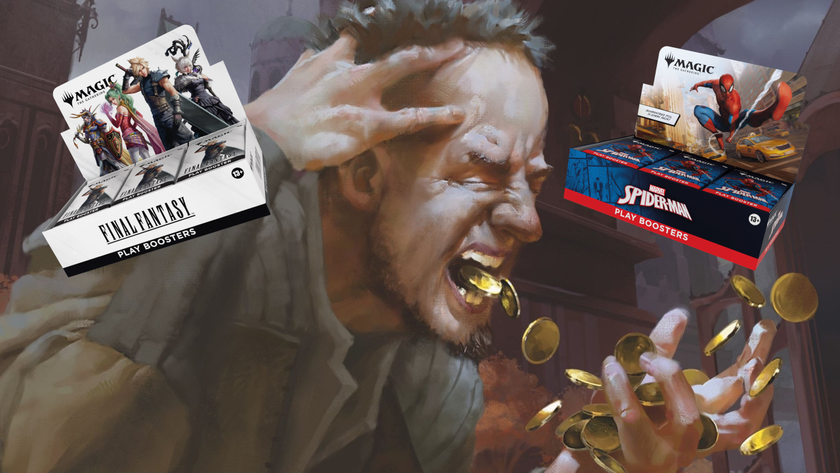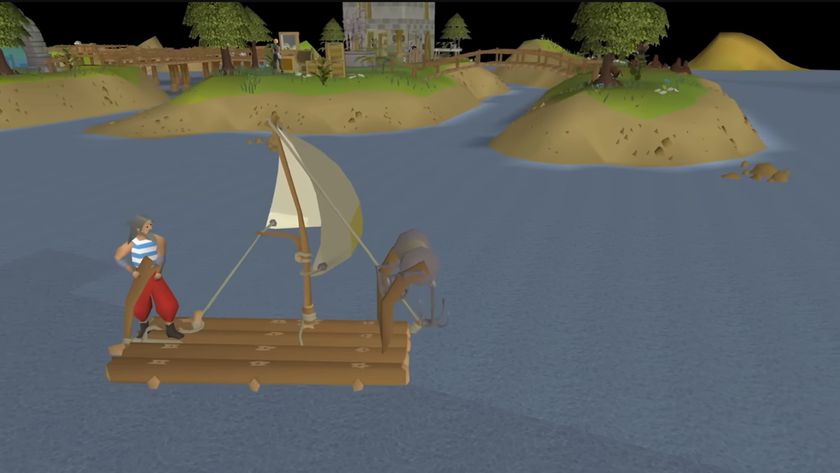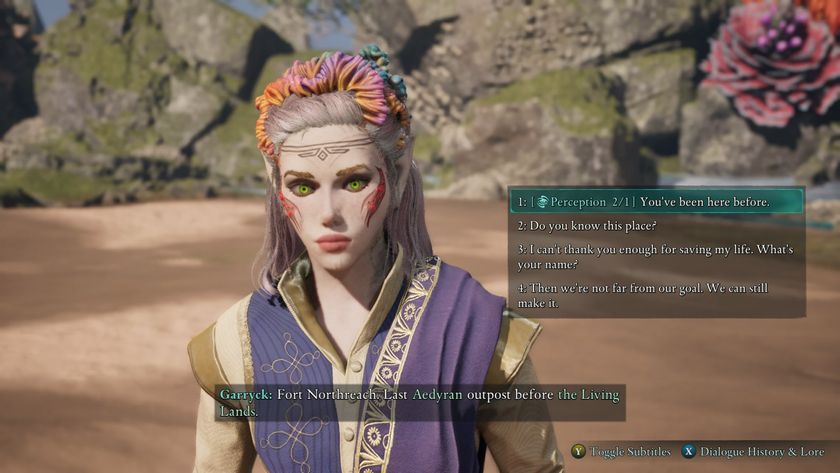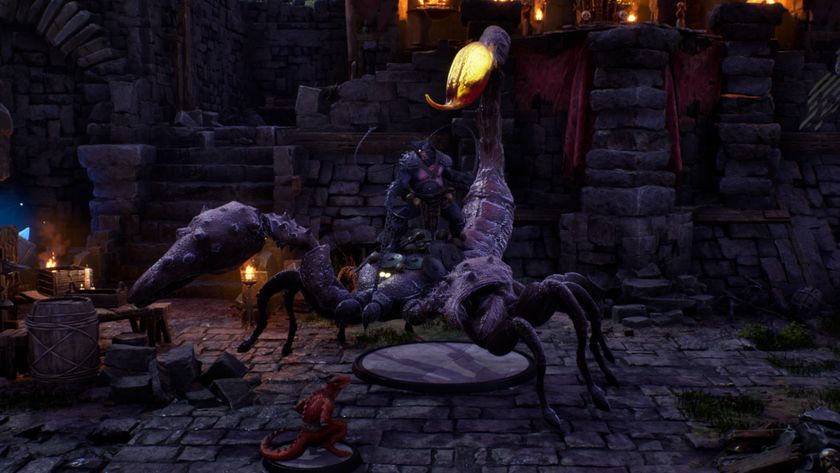The BioWare Technique
The devs talk about writing the company's RPG classics
If you love role-playing games, you love BioWare, a company set up in 1995 by industry legends (and medical doctors), Greg Zeschuk and Ray Muzyka. Consistently the greatest RPG creators for the past decade, they have developed an enviable list of triple-A titles including the Baldur’s Gate saga, Neverwinter Nights, Knights of the Old Republic and Jade Empire. They also created a gun-toting cigar-smoking dog with four arms in MDK2, but further investigation of that will have to wait for another day. You see, BioWare just released the PC version of their latest opus Mass Effect - and as such it only seemed right that we grabbed an interview with two of the Canadian company’s respected writers - Mike Laidlaw and Drew Karpyshyn to stand as the lynchpin of our game narrative special.
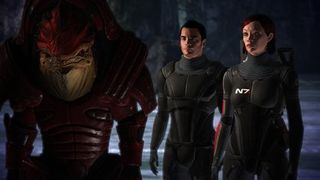
Karpyshyn joined BioWare in 2000, beginning work on Baldur’s Gate II: Shadows of Amn, and going on to be lead writer on Knights of the Old Republic (KOTOR) and most recently, Mass Effect. He’s also the writer of the much-acclaimed Star Wars - Darth Bane: Path of Destruction and Rule of Two novels, as well as Mass Effect’s prose prequel, Revelation, and Ascension, its sequel. Laidlaw began working for BioWare in 2003 and was lead writer on Jade Empire, a collaborating writer on Mass Effect, and is currently leading a team of writers on a project that is shrouded in mystery.
Both are experienced game writers and great champions of the medium, believing that they should be aiming to reach the quality of film scripts, but also ensuring that games develop in their own way. “Getting to the same level of quality as film is good,” says Laidlaw, “but just trying to make a film isn’t the right direction. Interactivity gives us something no other medium has.”
Karpyshyn agrees: “We’re finding that the technology is finally reaching the point where it’s starting to feel very realistic - we can actually have interactive conversation where you talk with people rather than them just talking at you. I like to use the analogy that we’re at the point where Hollywood was in the early ’30s where they’re just starting to add sound, they’re starting to get the technology locked in place. It’s all about our skill set, coming up with our own conventions, our own language of telling stories, something film has developed over the last century.”
Sign up to the 12DOVE Newsletter
Weekly digests, tales from the communities you love, and more
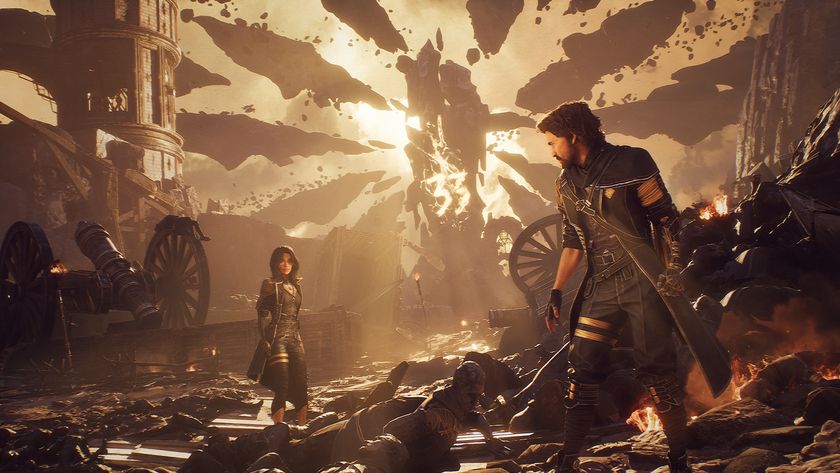
Clair Obscur: Expedition 33 isn't the classic turn-based RPG I've been longing for, but its combat is somehow even better than what I wanted
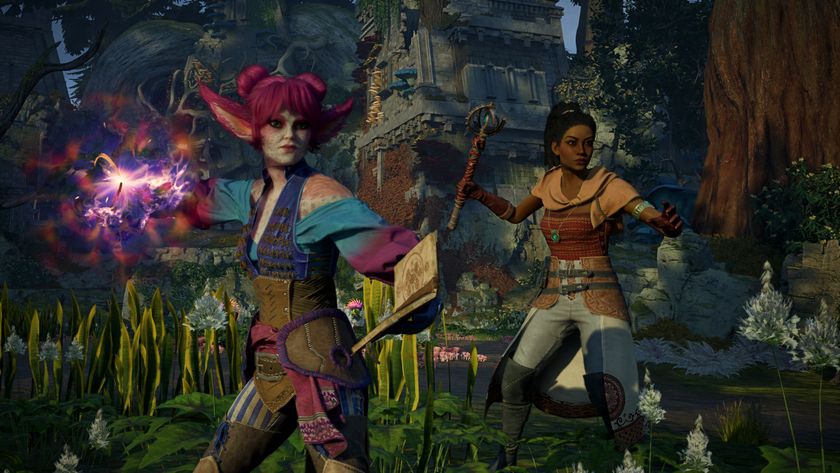
The rarest Avowed ending has only been seen by 0.2% of all the RPG's players, but to get it you'll have to commit to a path of death and destruction
